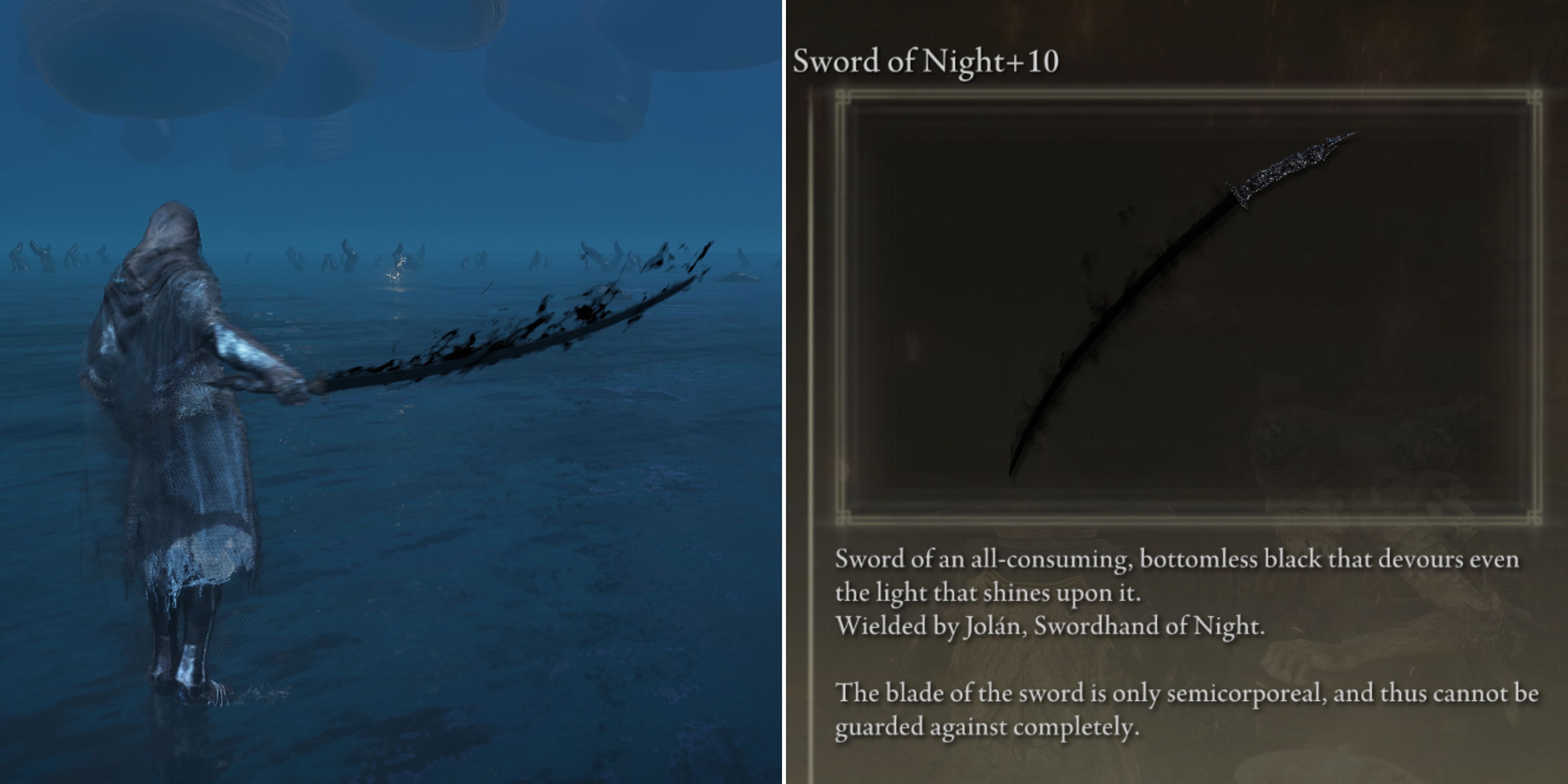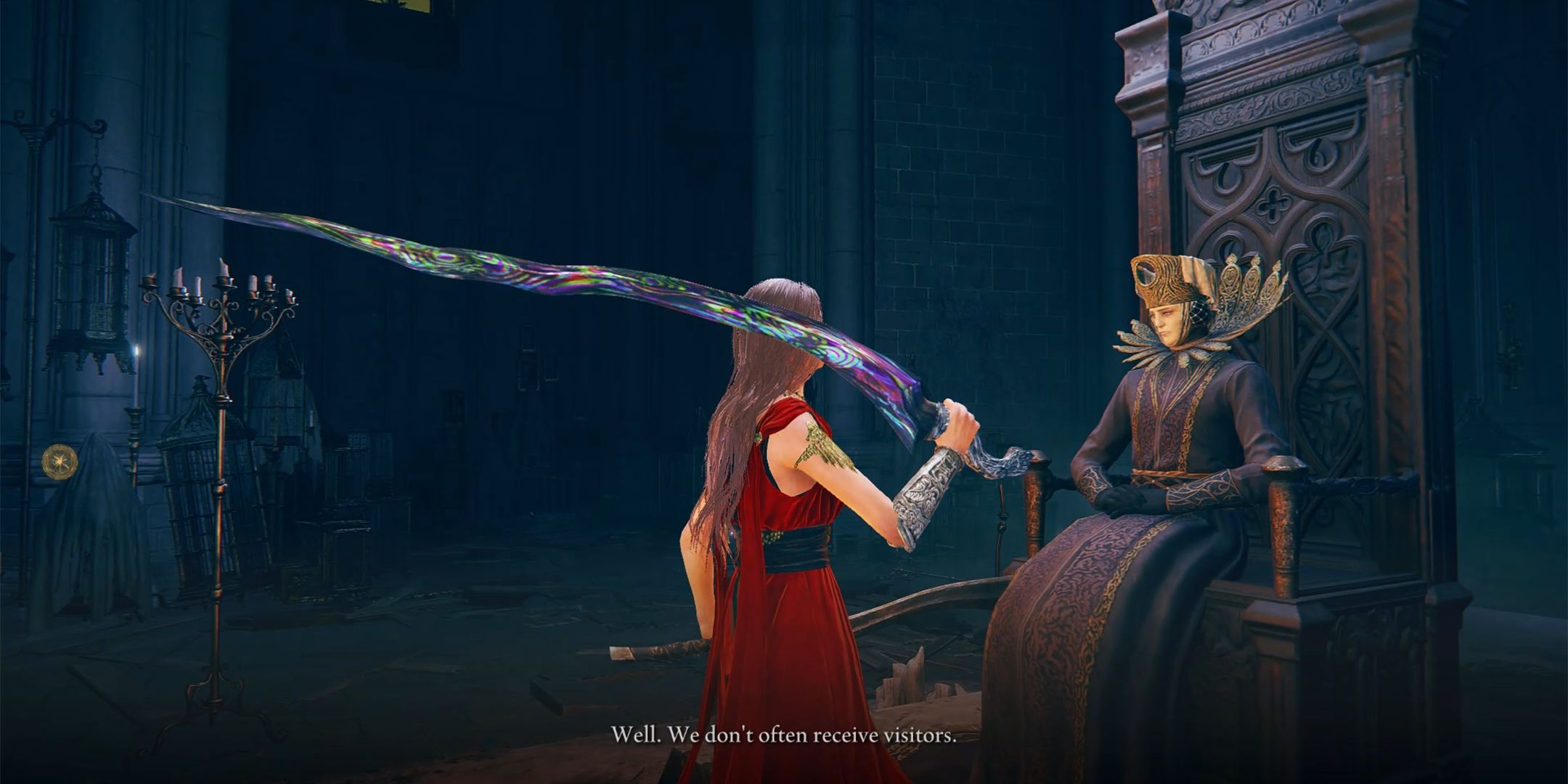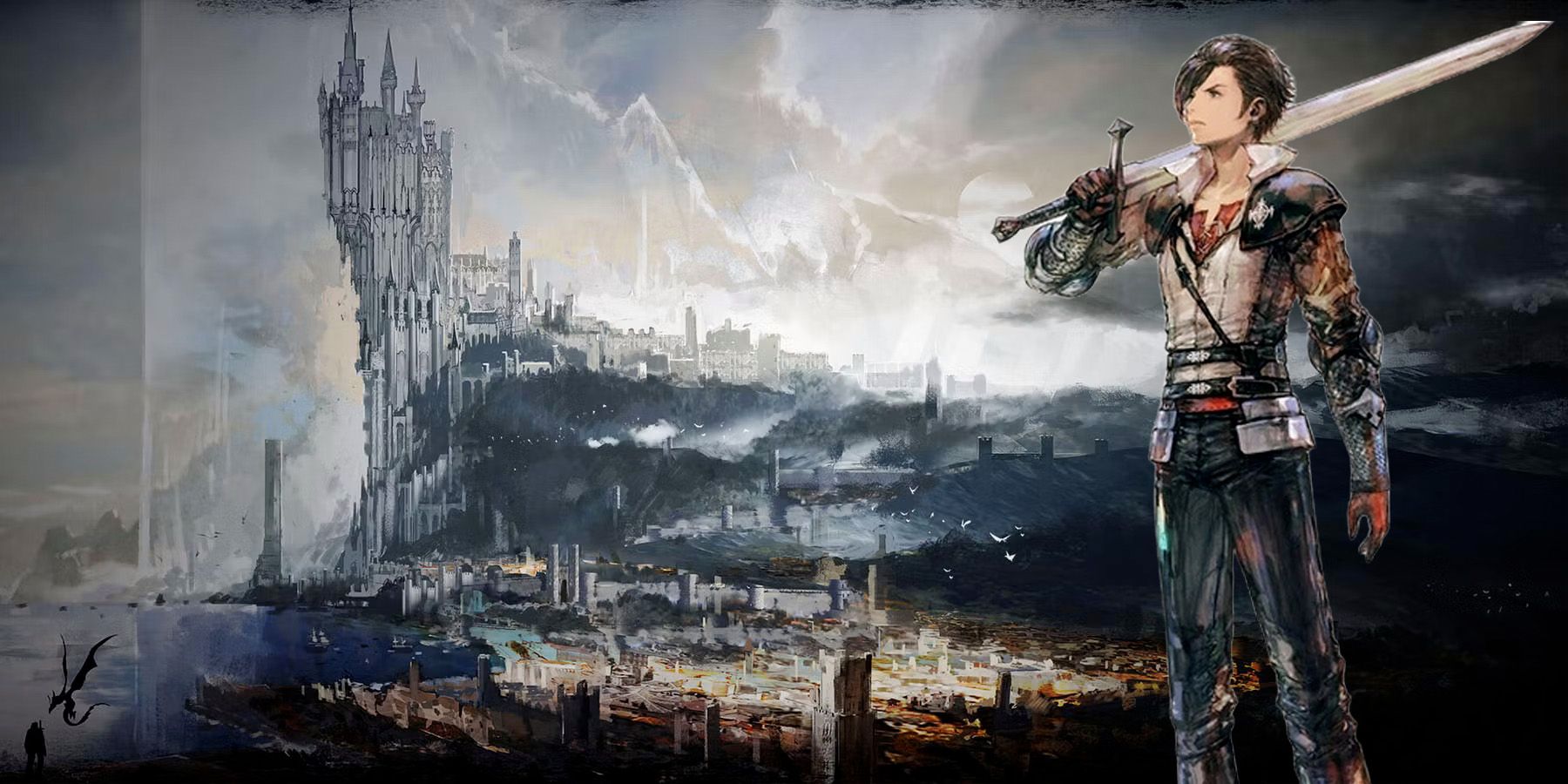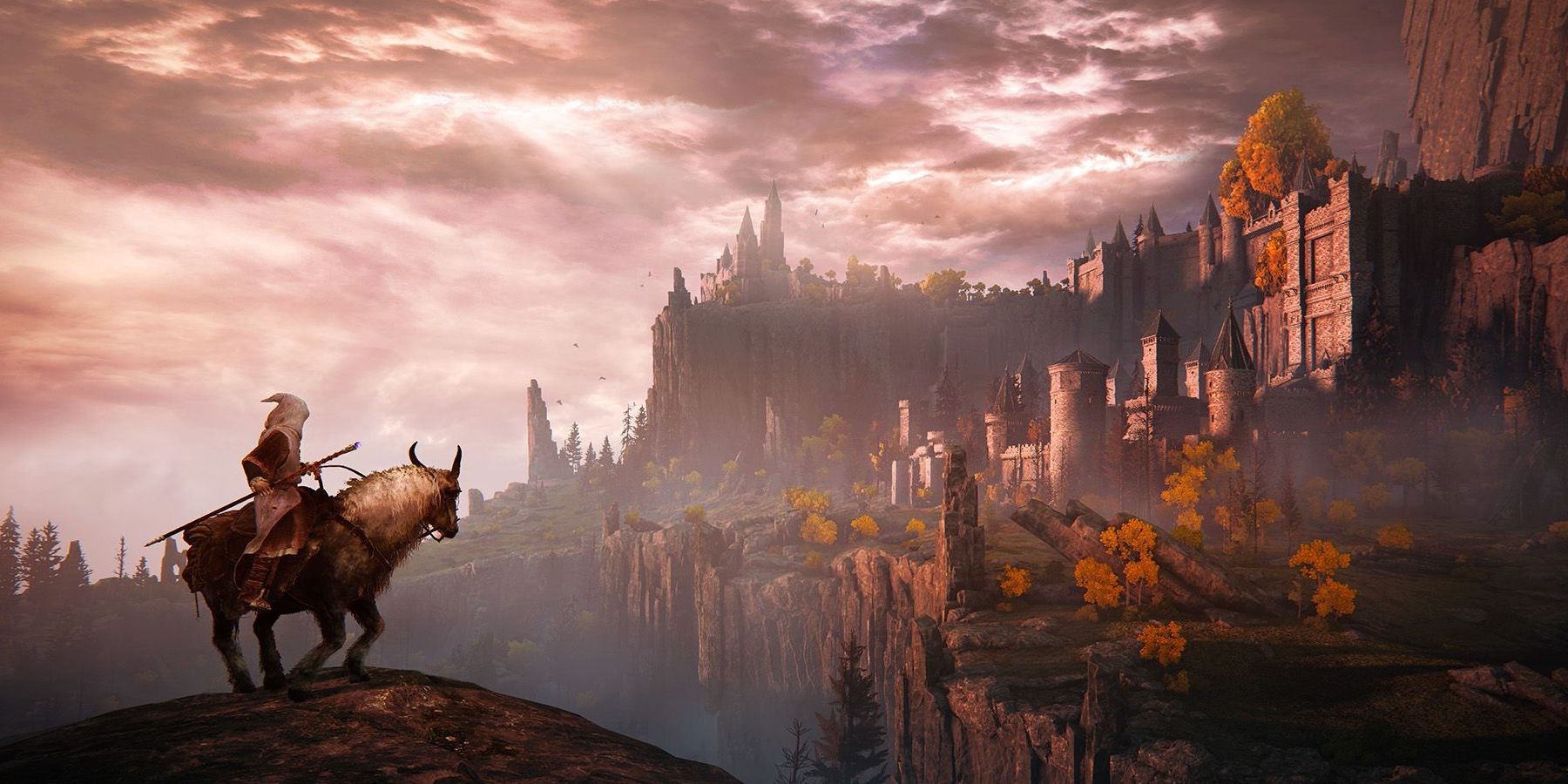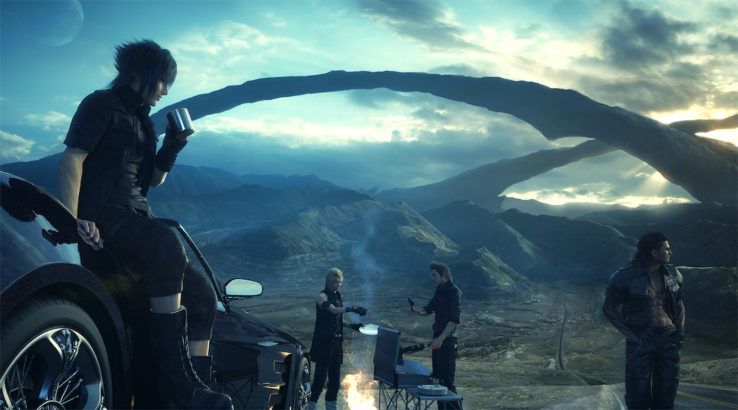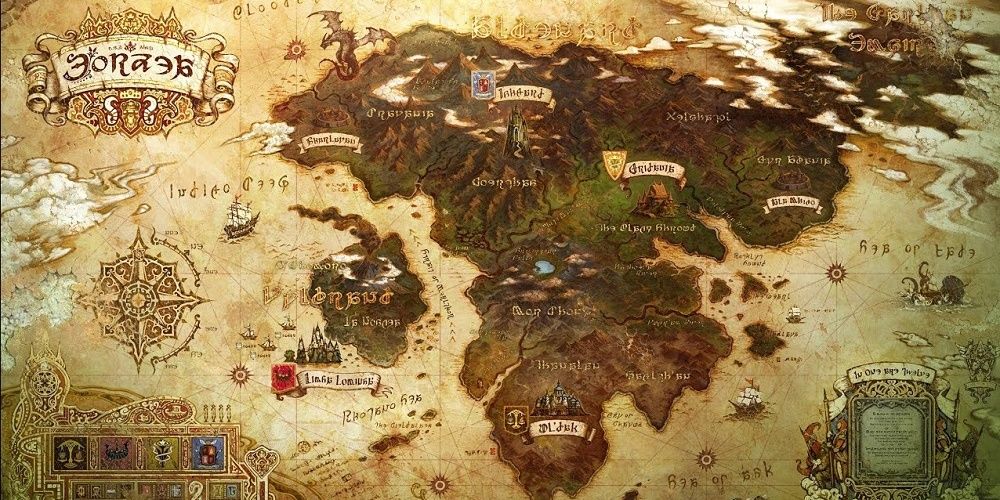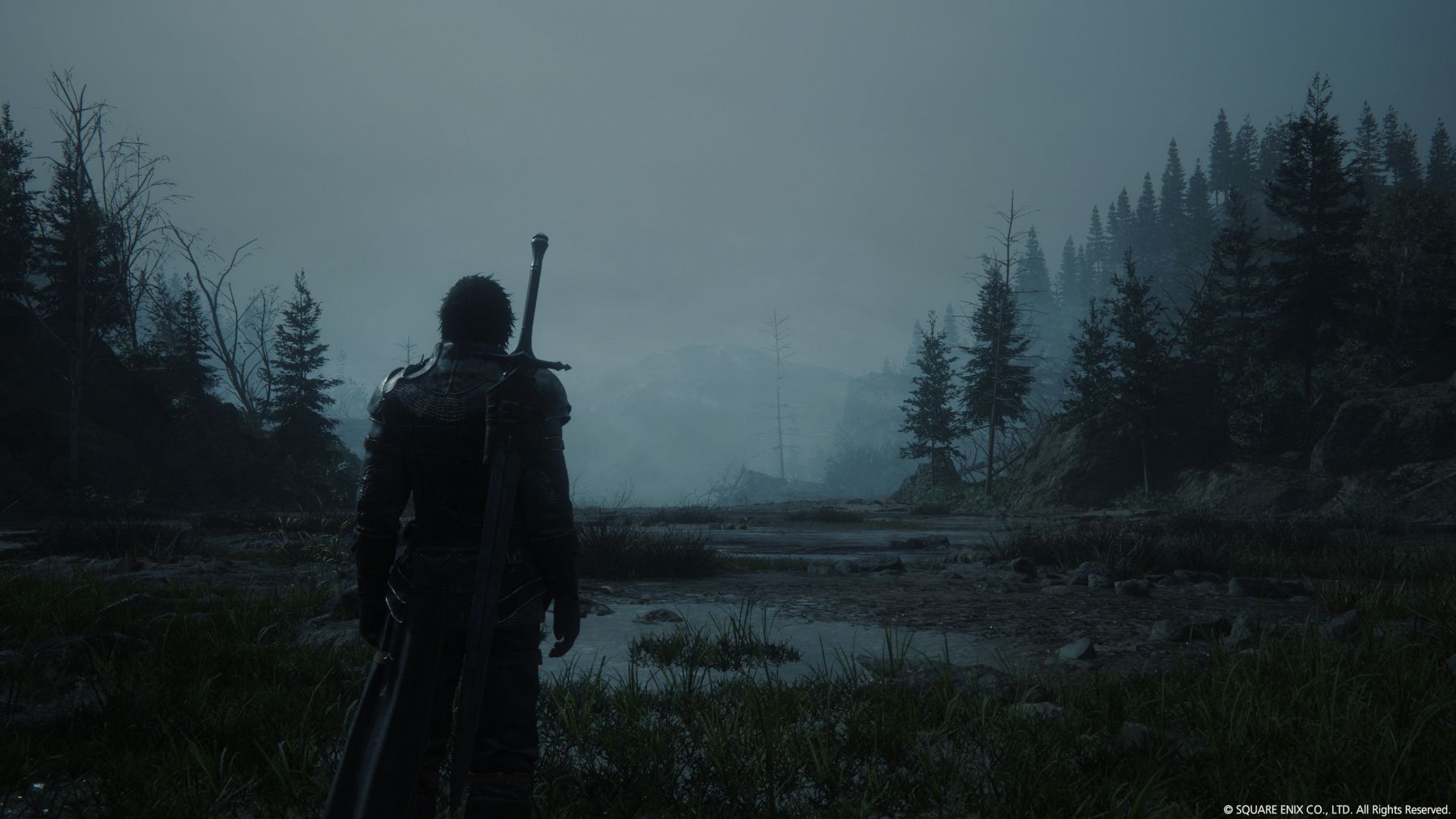With the success of Final Fantasy 7 Remake, there were always going to be some features that carry over to the next mainline release. Final Fantasy 16 is one of the most anticipated titles of 2023, a year that seems to be shaping up beautifully for game releases, and will hopefully put its style to good use with a thrilling story and memorable characters. Producer Naoki Yoshida recently confirmed it will not feature an open world though, suggesting the limitation of a single open space would do the narrative no favors, and instead would be best served with a handful of smaller areas.
One significant selling point of Final Fantasy 15 was its sprawling open world that could be traversed on foot or in the Regalia. The latter was criticized for its restrictive on-rails driving mechanics, but the sense of exploration felt endless. Final Fantasy 16 opting to use an alternative design isn't surprising as the franchise has never used the same formula for too long. The change in format comes a handful of promising opportunities as well as some critical drawbacks if it doesn't execute its philosophy well enough.
Open World Games Define the Future
In the AAA space, open-world expectations have grown. Even typically linear franchises like Uncharted and Tomb Raider have dabbled in a more open-ended game structure, albeit to mixed results. FromSoftware has set the bar for open-world games with Elden Ring, and it's becoming clear that this is a philosophy being championed by many high-budget franchises. Final Fantasy is one of the biggest franchises around, so to see it veer away from vast maps is curious.
Final Fantasy 16's Valisthea is made up of six realms, all housing a Mothercrystal that powers their societies. It's likely the smaller areas would be locations available to the player, and to make each feel unique it was perhaps in the game's best interests to segment the world. It's near-impossible to make a seamless open world feel truly diverse, but titles like The Witcher 3: WIld Hunt, The Legend of Zelda: Breath of the Wild, and Grand Theft Auto 5 achieve this, so Final Fantasy undoubtedly has the potential to do it too. Ultimately, time will tell if Final Fantasy 16's non-open world gamble pays off.
Final Fantasy 15's Eos Had Problems
Final Fantasy 15 failed to truly achieve a unique open world, which became one of its biggest issues among fans. The characters were solid, and its music upheld the franchise's lofty expectations, but despite a few great locations like Galdin Quay and Alissia, Final Fantasy 15 didn't really feel like it offered anything special. So many of the best open-world games are beloved because they put the setting at the forefront and build a story to fit, with side quests and random encounters doing well to flesh out the lore. Final Fantasy 15 puts its open world in the background, and at a point seems to abandon it entirely, which made the game feel expansive at times yet restrictive at others.
From the promotional material of Final Fantasy 16, it looks like an entirely different franchise from its predecessor, which may be for the best as it seems to be finding the right influences with its story and its overall design. Pulling the best elements of Final Fantasy 15 and shrinking the open world that many fans didn't enjoy could be a recipe for success, especially given the developer's history and how past games with a similar philosophy have wielded so much critical acclaim.
Final Fantasy 14 Got Level Design Right
The MMO genre is littered with games that are packed full of lore, and Final Fantasy 14 is no exception. The huge, varied, and engaging Eorzea has compelling locations dotted all around, from the towering spires of Ishgard to the history-draped grasslands of Dravania. This was never going to fit into one seamless space, so Final Fantasy 14 breaks the game up into separate areas that can be teleported between with ease.
Final Fantasy 16 is directed and produced by Naoki Yoshida, who is also the producer of Final Fantasy 14. This makes the influence FF14 had on Final Fantasy 16 unsurprising, as character models, narrative themes, and level design seem to share a number of similarities. If Final Fantasy 16 can harness the greatness of Final Fantasy 14's structure, it will not lose the global scale that the open-world genre usually brings. It's an exciting thought for fans who value the freedom of exploration and discovery, and one that reassures them the endless spaces aren't the only way to bring a true sense of freedom.
What Linearity Can Bring Final Fantasy 16
Final Fantasy has proven over its 35 years on the market that it's more than capable of telling a great story, and open-world settings often provide substantial distractions that can ruin a great tale's pacing. For all of Red Dead Redemption 2's fantastic side quests, it often feels like the story suffers because there is so much to do, and the same can be said for plenty of other titles including Final Fantasy 15.
A more focused approach to level design will limit players' movements, which can greatly improve story pacing and flow. Bringing the setting, characters, and narrative closer together is never a bad thing, and as Final Fantasy 7 Remake proved, the end product can be satisfying to those expecting AAA experiences without an open world.
Final Fantasy 16 is in development for PS5.

